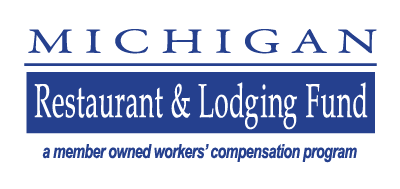No Falls this Fall!
Slip, trip, and fall accidents increase during autumn and winter for a number of reasons: there is less daylight, leaves fall onto paths and become wet and slippery, and winter weather can cause ice and snow to build up on paths, parking lots, and other walkways. But you can take effective actions to reduce the risk of a slip, trip, or fall. Leading the list are regular maintenance procedures to keep frequently used walking surfaces clear.
Other Considerations:
Lighting: Do you have adequate lighting around your workplace that allows workers and clients to see and avoid hazards that might be on the ground? The easiest way to find out is to ask your staff. Or take the time yourself to walk the main internal and external routes that workers (and public) use throughout the day. Checking routes used inside and outside of your workplace is important, as the effect of light changes during the day. If you can not see hazards on the ground, think about improving the light fixtures or changing the type of bulbs. Take care when installing new lighting to avoid decay from height risk. A good maintenance system is also essential, as you should change burned out lights as soon as possible.
Wet & Decaying Leaves: Fallen leaves that become wet or have started to decay can create a slip risk in two ways: they may hide a hazard beneath them on a path, or they can become a slip risk themselves. If you do not hire a service for landscape maintenance, assign a worker responsibility for removing leaves at regular intervals.
Rainwater: Discourage employees from taking shortcuts over grass or dirt, which is likely to become slippery when wet. Consider converting existing shortcuts into properly surfaced paths. If you are updating outdoor areas, think about how staff and clients are likely to move around the site and plan pathways accordingly. Putting the walkway in the right place from the start may save you money in the long term.
Many slip accidents happen at building entrances, as people enter the building while walking in rainwater. Fitting canopies over building entrances can be an effective prevention technique. Or, consider installing large, absorbent mats or even changing the entrance flooring to a slip-resistant surface.
Ice. Frost. Snow.
- To reduce the risk of slips on ice, frost, and snow, assess your risk level, then put a system in place to manage it.
- Identify the outdoor areas used by pedestrians most likely to be affected by ice, for example: building entrances, parking lots, walkways, shortcuts, sloped areas, and areas constantly in the shade.
- Monitor the temperature and take action whenever freezing temperatures are forecast.
- Use a grit or ice-melt material on areas prone to be slippery in frosty or icy conditions.
- Consider protecting walkways by using a cover high enough for people to walk through, or use an insulating material over smaller areas overnight.
- Divert pedestrians to less slippery walkways and barrier-off the most hazardous ones.
- If warning cones are used, remember to remove them once the hazard has passed or they will eventually be ignored.
Contact the RPS Regency loss control team for more information:
800.686.6640 | keenan_roznowski@rpsins.com
